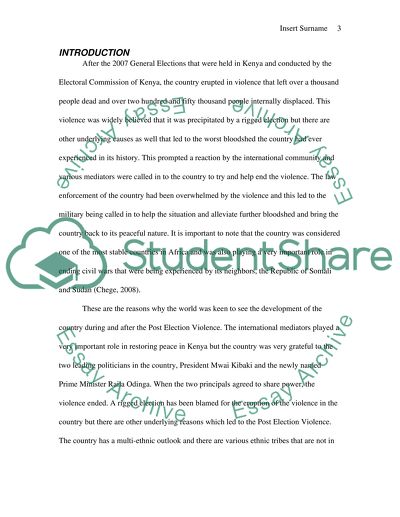Cite this document
(“Post Election Violence in Kenya Essay Example | Topics and Well Written Essays - 3000 words”, n.d.)
Retrieved from https://studentshare.org/politics/1506554-post-election-violence-in-kenya
Retrieved from https://studentshare.org/politics/1506554-post-election-violence-in-kenya
(Post Election Violence in Kenya Essay Example | Topics and Well Written Essays - 3000 Words)
https://studentshare.org/politics/1506554-post-election-violence-in-kenya.
https://studentshare.org/politics/1506554-post-election-violence-in-kenya.
“Post Election Violence in Kenya Essay Example | Topics and Well Written Essays - 3000 Words”, n.d. https://studentshare.org/politics/1506554-post-election-violence-in-kenya.


